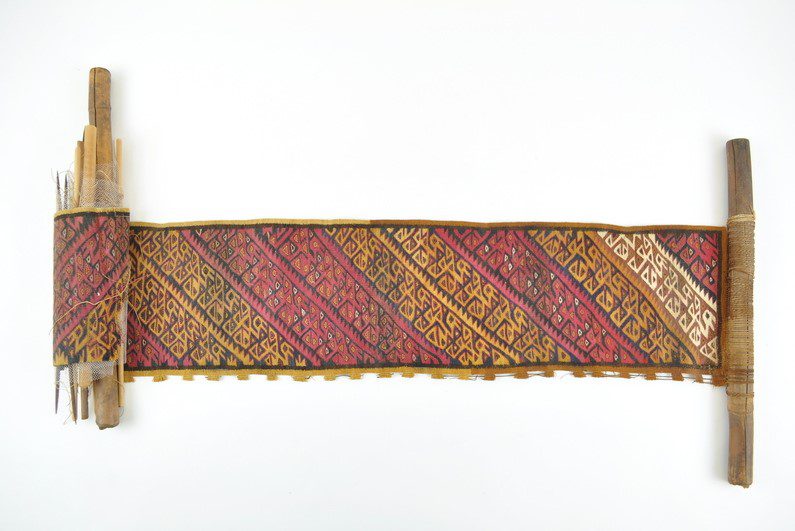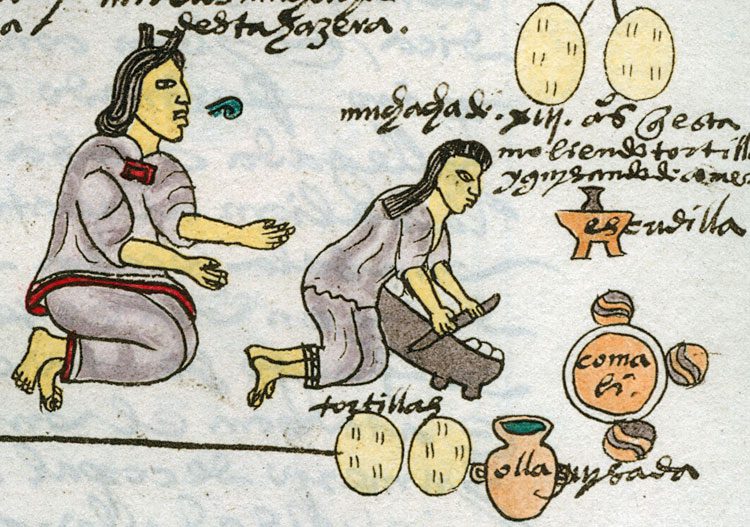This series features five online museum exhibits created by undergraduate and graduate students at the University of Texas at Austin for a class titled “Colonial Latin America Through Objects.” The class assumes that Latin America was never a continent onto itself. The course also insists that objects document the nature of historical change in ways written archives alone cannot.
Colonial Chalices: Colonial Latin America Through Objects (No. 4)

Chalice (Cáliz) Mexico City, 1575-1578 (via LACMA)
This series features five online museum exhibits created by undergraduate and graduate students at the University of Texas at Austin for a class titled “Colonial Latin America Through Objects.” The class assumes that Latin America was never a continent onto itself. The course also insists that objects document the nature of historical change in ways written archives alone cannot.
Lillian Michel’s exhibit focuses on colonial chalices, one of the most sacred objects of the Eucharist. Unlike many other colonial objects that incorporated indigenous techniques and materials, silversmiths charged with the production of chalices were strictly regulated. There was little room for the incorporation of indigenous materials, let alone indigenous religious sensibilities. Chalices therefore can better document the arrival of new European styles in art and architecture than changes in indigenous traditions.
More from the Colonial Latin America Through Objects series:
Of Merchants and Nature by Diana Heredia López
Nanban Art by John Monsour
Andean Tapestry by Irene Smith
Abisai Pérez Zamarripa reviews Indigenous Intellectuals: Knowledge, Power, and Colonial Culture in Mexico and the Andes
Brittany Erwin walks us through the National Museum of Anthropology in San Salvador
Jorge Cañizares-Esguerra reviews Jerónimo Antonio Gil and the Idea of the Spanish Enlightenment
Andean Tapestry: Colonial Latin America Through Objects (No. 3)

Backstrap Loom, ca. 600-1476 AD Peru, Pachacamac, Gravefield I; William Pepper Peruvian Expedition; Max Uhle, subscription of Phebe A. Hearst, 1897; University of Pennsylvania Museum of Archeology and Antrhopology
This series features five online museum exhibits created by undergraduate and graduate students at the University of Texas at Austin for a class titled “Colonial Latin America Through Objects.” The class assumes that Latin America was never a continent onto itself. The course also insists that objects document the nature of historical change in ways written archives alone cannot.
Irene Smith’s exhibit offers a survey of weaving techniques in pre-colonial and colonial Peru and shows how the natives sought to keep forms of local weaving in the context of new looms and new fibers. The result were fabrics that dazzle but also reveal long-lasting Andean continuities in the midst of rapid technological change.
More from the Colonial Latin America Through Objects series:
Of Merchants and Nature by Diana Heredia López
Nanban Art by John Monsour
You may also like:
Brittany Erwin reviews The Archaeology and History of Colonial Mexico by Enrique Rodríguez Alegría
Zachary Carmichael reviews Trading Roles: Gender, Ethnicity, and the Urban Economy in Colonial Potosí by Jane Mangan
Naming and Picturing New World Nature by Maria Jose Afanador
